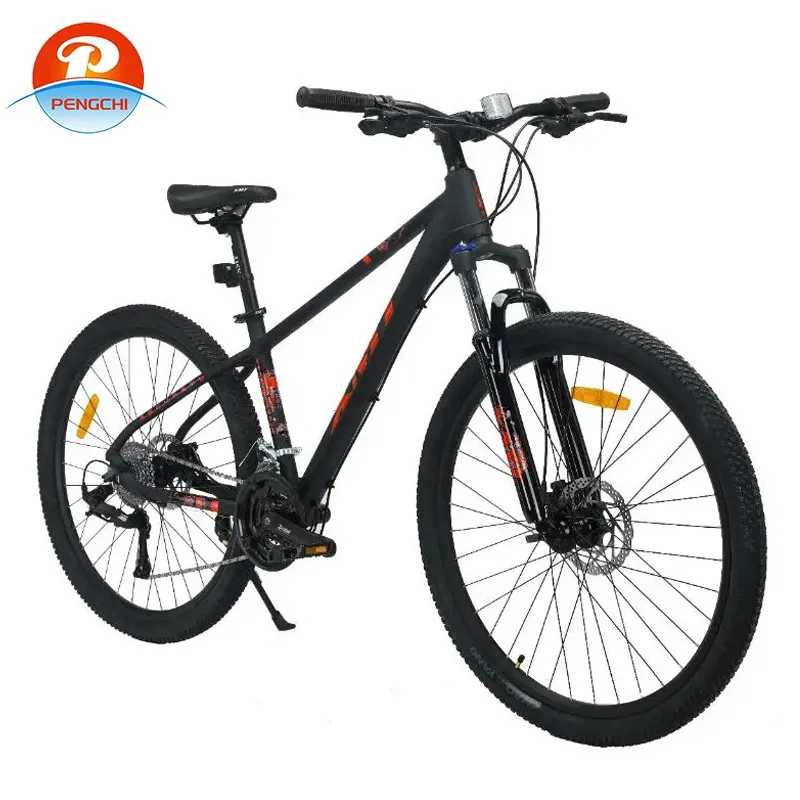12 月 . 03, 2024 18:51 Back to list
how to pick the right bike for you
How to Pick the Right Bike for You
Choosing the right bike can be a daunting task, especially with the multitude of options available in today’s market. Whether you are a seasoned rider or a beginner, selecting the perfect bicycle involves understanding your needs, the types of bikes available, and how different components affect your riding experience. This article will guide you through the essential factors to consider when picking the right bike for you.
Determine Your Riding Style
The first step in finding the right bike is to determine how you plan to use it. Are you looking for a bike for commuting to work, leisurely weekend rides, off-road adventures, or professional racing? Each type of use dictates specific bike features.
- Commuting If you're planning to ride primarily in urban environments, consider a comfort bike, hybrid bike, or electric bike (e-bike) that offers a comfortable seat and easy handling. - Recreational Riding For casual rides in parks or on paved paths, a cruiser or hybrid bike, which blend features of road and mountain bikes, would be suitable. - Mountain Biking If you plan to ride on trails and rough terrains, a mountain bike with robust tires, suspension, and sturdiness is essential. - Road Cycling For speed and distance on paved roads, a road bike with lightweight materials and a drop handlebar design is advisable.
Understand Bike Types
Once you’ve established your preferred riding style, it's important to familiarize yourself with the different types of bicycles
1. Road Bikes Lightweight, aerodynamic bikes designed for speed on pavement. They typically come with thin tires and a dropped handlebar.
2. Mountain Bikes Built to handle rough terrains, these bikes possess wider tires and often include suspension systems to absorb shocks.
3. Hybrid Bikes A cross between road and mountain bikes, hybrids are versatile and comfortable. They are suitable for various terrains, making them ideal for casual rides.
4. Cruiser Bikes Known for their upright seating position and comfortable ride, cruisers are perfect for leisurely trips along the beach or around your neighborhood.
5. Electric Bikes Also known as e-bikes, these come equipped with an electric motor to assist pedaling, making them great for commuters or riders who want the option of a little extra help.
how to pick the right bike for you

Frame Size and Geometry
Finding the right frame size is critical for comfort and performance. An ill-fitting bike can lead to discomfort, and even injuries. Each bike type has a different sizing chart, so always check the manufacturer’s recommendations. Generally, you should stand over the bike frame and have at least an inch of clearance for road bikes and a few inches for mountain bikes.
Also, consider the bike's geometry, which affects how upright or leaned-forward your riding position will be. Comfort bikes have a more upright geometry, while road bikes are designed for a more aggressive, aerodynamic posture.
Components and Features
Pay attention to various components of the bikes that can significantly impact your ride. Consider the following
- Gear System Decide whether you want a single-speed bike or one with multiple gears. Multiple gears are advantageous for varying terrains. - Brakes Drop-bar bikes usually feature caliper brakes, while mountain bikes might have disc brakes, which provide superior stopping power in wet conditions. - Tires The width and tread of the tires affect how your bike handles different surfaces. Wider tires offer better stability and comfort, while narrower tires increase speed.
Test Ride
Before finalizing your purchase, it’s essential to actually test ride the bike. Most bike shops offer a test ride service, allowing you to feel how the bike handles and fits. Pay attention to comfort, control, and how you feel while riding. Don’t hesitate to ask questions from the staff, as they can provide valuable insights based on your preferences.
Budget Consideration
Lastly, set a realistic budget. Prices can range significantly depending on the type of bike and its components. Remember that investing in a quality bike can lead to better durability and performance. Also, consider additional costs such as safety gear, maintenance, and accessories.
Conclusion
Choosing the right bike is about understanding your personal needs and preferences. By assessing your riding style, familiarizing yourself with different types of bikes, determining the appropriate frame size, considering various components, and taking a test ride, you can confidently select a bike that suits you best. With the right bike, you’ll enjoy the freedom and exhilaration of cycling, leading to a healthier and more active lifestyle. Happy cycling!
-
Toy Car with Parental Remote - Safe Electric Ride-On Car with Parental Control
NewsJun.10,2025
-
Cheap Bikes for Students - Affordable & Durable Student Bicycles Online
NewsJun.10,2025
-
Children Balance Bike Lightweight & Adjustable OEM Designs
NewsMay.30,2025
-
Junior BMX Race Bikes Lightweight, Durable & Speed-Optimized
NewsMay.30,2025
-
21-Speed Foldable Gear Cycle Compact & Portable Commuter Bike
NewsMay.30,2025
-
Affordable & Durable Bikes for Students Campus Commutes Made Easy
NewsMay.29,2025



